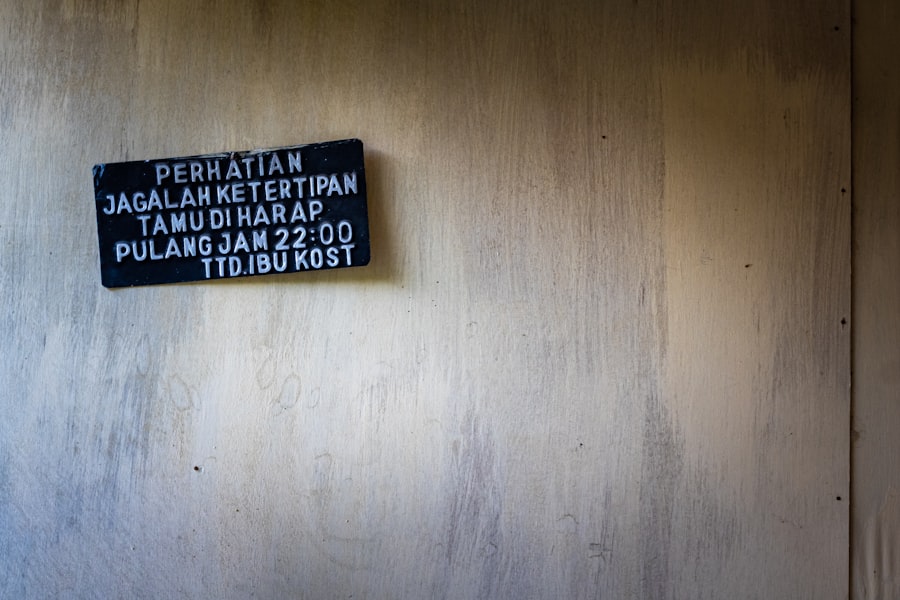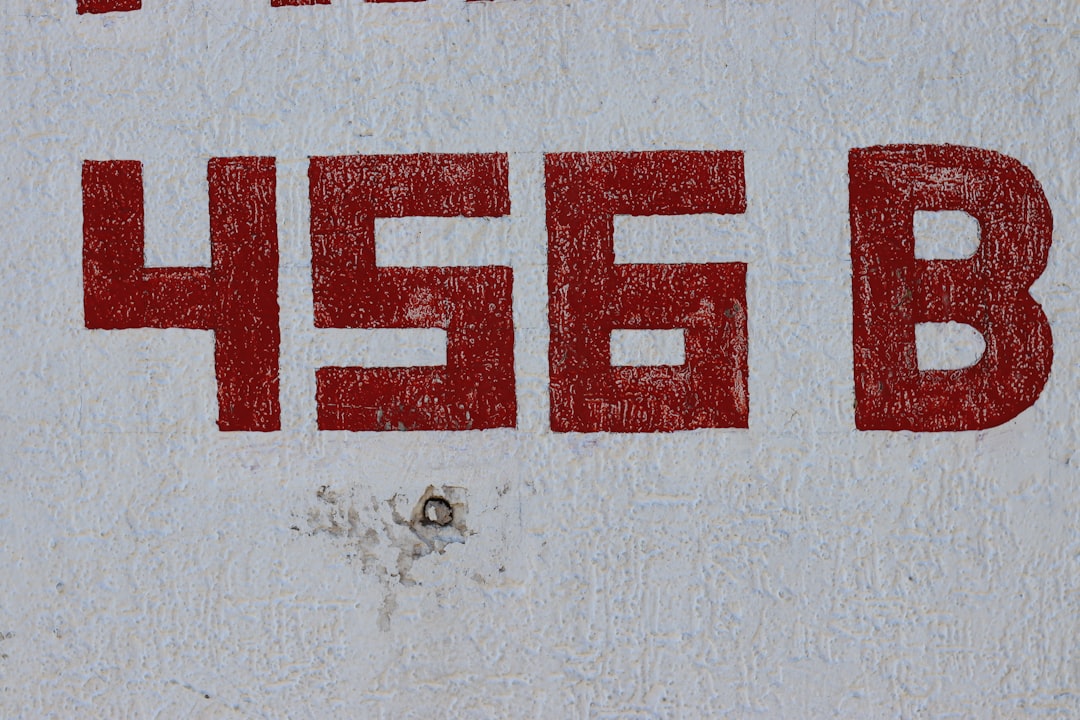Saddam Hussein was born on April 28, 1937, in the small village of Al-Awja, near Tikrit, Iraq. His early life was marked by hardship; his father abandoned the family before he was born, and his mother struggled to provide for him and his siblings. Raised in a poor environment, Saddam’s formative years were shaped by the socio-political turmoil of Iraq, which was under British mandate at the time.
He was exposed to the ideas of Arab nationalism and socialism, which would later influence his political ideology. At the age of 10, he moved to Baghdad to live with his uncle, who introduced him to the world of politics and revolutionary thought. Saddam’s political journey began in earnest when he joined the Ba’ath Party in 1957.
The party’s ideology resonated with him, emphasizing Arab unity and socialism. His involvement in the party led him to participate in a failed assassination attempt against the then-Iraqi Prime Minister, Abd al-Karim Qasim, in 1959. Following the successful coup that overthrew Qasim in 1963, Saddam quickly rose through the ranks of the Ba’ath Party.
By 1968, he had become the de facto leader of Iraq after a second coup, marking the beginning of his long and controversial rule.
Key Takeaways
- Saddam Hussein rose to power through the Ba’ath Party and became the President of Iraq in 1979.
- He consolidated power through a brutal regime, using the Ba’ath Party to maintain control and suppress opposition.
- Saddam Hussein’s invasion of Kuwait in 1990 led to international condemnation and the Gulf War, resulting in economic sanctions against Iraq.
- His regime was marked by human rights abuses, including chemical attacks on Kurdish civilians in Halabja in 1988.
- Saddam Hussein’s legacy includes a period of international isolation, economic sanctions, and internal opposition, as well as failed assassination attempts.
Consolidation of Power and the Ba’ath Party
Once in power, Saddam Hussein focused on consolidating his authority and eliminating any potential rivals within the Ba’ath Party and the broader political landscape. He employed a combination of political maneuvering and brutal repression to secure his position. The regime’s early years were characterized by significant economic reforms aimed at modernizing Iraq’s infrastructure and boosting its oil industry.
These initiatives were largely funded by rising oil prices, which allowed Saddam to project an image of prosperity and strength.
Saddam established a cult of personality around himself, portraying himself as the savior of Iraq and the Arab world.
He utilized propaganda extensively, ensuring that his image was omnipresent in public life. Dissent was met with swift and often violent reprisals; political opponents were imprisoned or executed, and the secret police operated with impunity. This climate of fear effectively stifled opposition and allowed Saddam to maintain tight control over the country.
Iraq-Iran War and Invasion of Kuwait

The Iran-Iraq War, which lasted from 1980 to 1988, was one of the most significant conflicts during Saddam Hussein’s rule. The war was sparked by territorial disputes and ideological differences between the two nations, with Saddam seeking to assert Iraq’s dominance in the region. Initially confident of a swift victory, Saddam’s regime quickly found itself embroiled in a protracted and bloody conflict that would claim hundreds of thousands of lives on both sides.
As the war dragged on, it became increasingly costly for Iraq, both in terms of human lives and economic resources. To finance the war effort, Saddam turned to foreign loans and support from various countries, including the United States and Gulf states. Despite suffering heavy casualties and facing international condemnation for its use of chemical weapons, Iraq managed to maintain its territorial integrity.
However, the war left Iraq economically weakened and politically isolated. In 1990, seeking to divert attention from domestic issues and capitalize on Iraq’s military strength, Saddam ordered the invasion of Kuwait. This aggressive move was met with widespread international condemnation and led to the Gulf War in 1991.
The subsequent military intervention by a coalition led by the United States resulted in a swift defeat for Iraqi forces and further entrenched Saddam’s isolation on the world stage.
Human Rights Abuses and Chemical Attacks
| Country | Number of Human Rights Abuses | Number of Chemical Attacks |
|---|---|---|
| Syria | 10,000 | 50 |
| Yemen | 5,000 | 20 |
| Myanmar | 8,000 | 10 |
Saddam Hussein’s regime became notorious for its egregious human rights abuses throughout his time in power. The government employed brutal tactics to suppress dissent, including torture, extrajudicial killings, and mass executions. The infamous Al-Anfal campaign against the Kurdish population in northern Iraq during the late 1980s exemplified this brutality.
Thousands of Kurds were killed or displaced as Saddam sought to eliminate any perceived threats to his rule. One of the most chilling aspects of Saddam’s reign was his use of chemical weapons against both foreign adversaries and his own citizens. The most notorious incident occurred in 1988 when Iraqi forces launched a chemical attack on the Kurdish town of Halabja, resulting in thousands of deaths.
This attack drew international outrage but did little to alter Saddam’s behavior or diminish his grip on power. The regime’s willingness to employ such horrific tactics underscored its commitment to maintaining control at any cost.
International Isolation and Economic Sanctions
Following Iraq’s invasion of Kuwait, Saddam Hussein faced severe international backlash that culminated in economic sanctions imposed by the United Nations. These sanctions aimed to cripple Iraq’s economy and force Saddam to withdraw from Kuwait. While they succeeded in isolating Iraq diplomatically, they also had devastating effects on the civilian population.
Access to essential goods such as food and medicine became severely restricted, leading to widespread suffering among ordinary Iraqis. Despite these hardships, Saddam managed to maintain his grip on power by manipulating public sentiment and portraying himself as a victim of Western aggression. He utilized state-controlled media to rally support among Iraqis, framing the sanctions as an unjust punishment for defending national sovereignty.
This narrative allowed him to deflect blame for the country’s economic woes while reinforcing his image as a strong leader standing up against foreign powers.
Failed Assassination Attempts and Internal Opposition

Throughout his rule, Saddam Hussein faced numerous assassination attempts and challenges from within his own party and military ranks. These threats often stemmed from discontent among various factions within Iraq, including rival Ba’athists and disillusioned military officers. In response to these challenges, Saddam employed a strategy of paranoia and repression, often executing those suspected of disloyalty or plotting against him.
One notable assassination attempt occurred in 1996 when an Iraqi opposition group attempted to kill him during a public appearance. Although he survived this attack unscathed, it highlighted the growing discontent among segments of Iraqi society. In an effort to quell dissent, Saddam intensified his crackdown on opposition groups, further entrenching his authoritarian rule while fostering an atmosphere of fear that stifled any meaningful resistance.
Invasion of Iraq and Capture of Saddam Hussein
The U.S.-led invasion of Iraq in March 2003 marked a dramatic turning point in Saddam Hussein’s reign. Citing concerns over weapons of mass destruction (WMDs) and ties to terrorism, coalition forces launched a military campaign that quickly overwhelmed Iraqi defenses. Within weeks, Baghdad fell to U.S.
troops, leading to the collapse of Saddam’s regime. In December 2003, after months of hiding from coalition forces, Saddam was captured near Tikrit by U.S. soldiers.
His capture was a significant moment not only for Iraq but also for global politics, as it symbolized the end of an era marked by tyranny and oppression. Following his capture, he was held in custody while preparations were made for a trial that would address his numerous crimes against humanity.
Trial and Execution
Saddam Hussein’s trial began in October 2005 amid significant international attention and controversy. Charged with crimes against humanity for his role in various atrocities during his rule, including the Anfal campaign against Kurds and the suppression of Shiite uprisings, Saddam maintained a defiant posture throughout the proceedings. He often used the courtroom as a platform to voice his grievances against what he perceived as foreign occupation and injustice.
The trial was marred by allegations of bias and irregularities, raising questions about its legitimacy. Nevertheless, on November 5, 2006, Saddam was found guilty and sentenced to death by hanging for his role in the 1982 massacre of Shiite villagers in Dujail. His execution took place on December 30, 2006, marking a controversial end to a complex legacy that left deep scars on Iraqi society.
Legacy of Saddam Hussein’s Regime
Saddam Hussein’s legacy is one fraught with contradictions; he is remembered both as a brutal dictator who ruled with an iron fist and as a figure who sought to modernize Iraq through ambitious development projects. His regime’s focus on education and infrastructure development did yield some positive outcomes; however, these achievements were overshadowed by widespread human rights abuses and repression. The impact of Saddam’s rule continues to resonate in contemporary Iraq and beyond.
His authoritarian governance created deep divisions within Iraqi society along ethnic and sectarian lines that have persisted long after his downfall. The power vacuum left by his removal contributed to ongoing instability in Iraq, leading to sectarian violence and the rise of extremist groups like ISIS.
Impact on Iraq and the Middle East
The consequences of Saddam Hussein’s regime extend far beyond Iraq’s borders; they have significantly influenced regional dynamics in the Middle East. The U.S.-led invasion that toppled him set off a chain reaction that destabilized not only Iraq but also neighboring countries grappling with their own sectarian tensions and political challenges. The aftermath of Saddam’s rule has been characterized by ongoing violence and instability in Iraq, with various factions vying for power amid a backdrop of ethnic strife.
Additionally, Iran has emerged as a more influential player in regional politics following Saddam’s removal, further complicating an already volatile geopolitical landscape.
Lessons Learned from Saddam Hussein’s Reign
Saddam Hussein’s reign serves as a cautionary tale about the dangers of unchecked power and authoritarianism. His ability to maintain control through fear and repression highlights how regimes can manipulate public sentiment while stifling dissent. The international community’s response to his actions also underscores the complexities involved in addressing human rights abuses within sovereign nations.
Moreover, the consequences of foreign intervention in sovereign states are evident in Iraq’s post-Saddam landscape; while removing a dictator may seem justifiable, it can lead to unintended consequences that exacerbate existing tensions rather than resolve them.
Saddam Hussein ruled Iraq for nearly 24 years, from July 16, 1979, until his regime was toppled on April 9, 2003. His tenure was marked by significant political and military conflicts, including the Iran-Iraq War and the Gulf War, as well as internal repression. For more insights into the historical context of his rule and its impact on Iraq and the broader Middle East, you can explore a related article on this topic by visiting Hey Did You Know This. This resource provides a deeper understanding of the events and decisions that defined Saddam Hussein’s leadership and legacy.
WATCH NOW! How the US Hunted and Captured Saddam Hussein: The Untold Story of Operation Red Dawn
FAQs
How long did Saddam Hussein rule?
Saddam Hussein ruled Iraq for a period of 24 years, from July 16, 1979, until April 9, 2003.
What were the key events during Saddam Hussein’s rule?
During his rule, Saddam Hussein led Iraq through the Iran-Iraq War, the invasion of Kuwait, and faced international sanctions and military intervention.
What was the impact of Saddam Hussein’s rule on Iraq?
Saddam Hussein’s rule was marked by widespread human rights abuses, suppression of political dissent, and the use of chemical weapons against civilians. His regime also led to economic hardship and social unrest in Iraq.
How did Saddam Hussein’s rule come to an end?
Saddam Hussein’s rule came to an end when the United States-led coalition invaded Iraq in 2003, leading to his capture and subsequent trial and execution in 2006.
